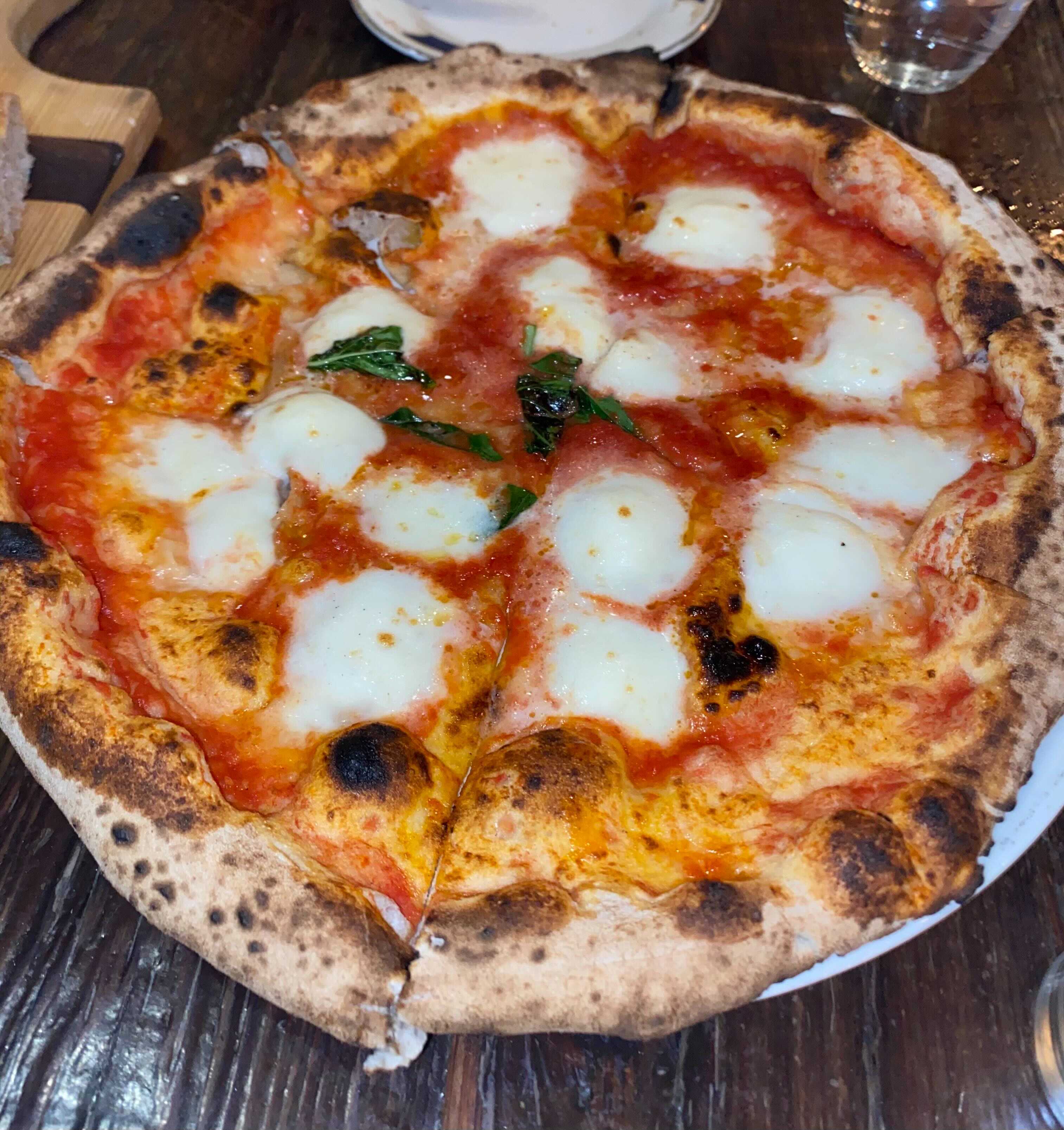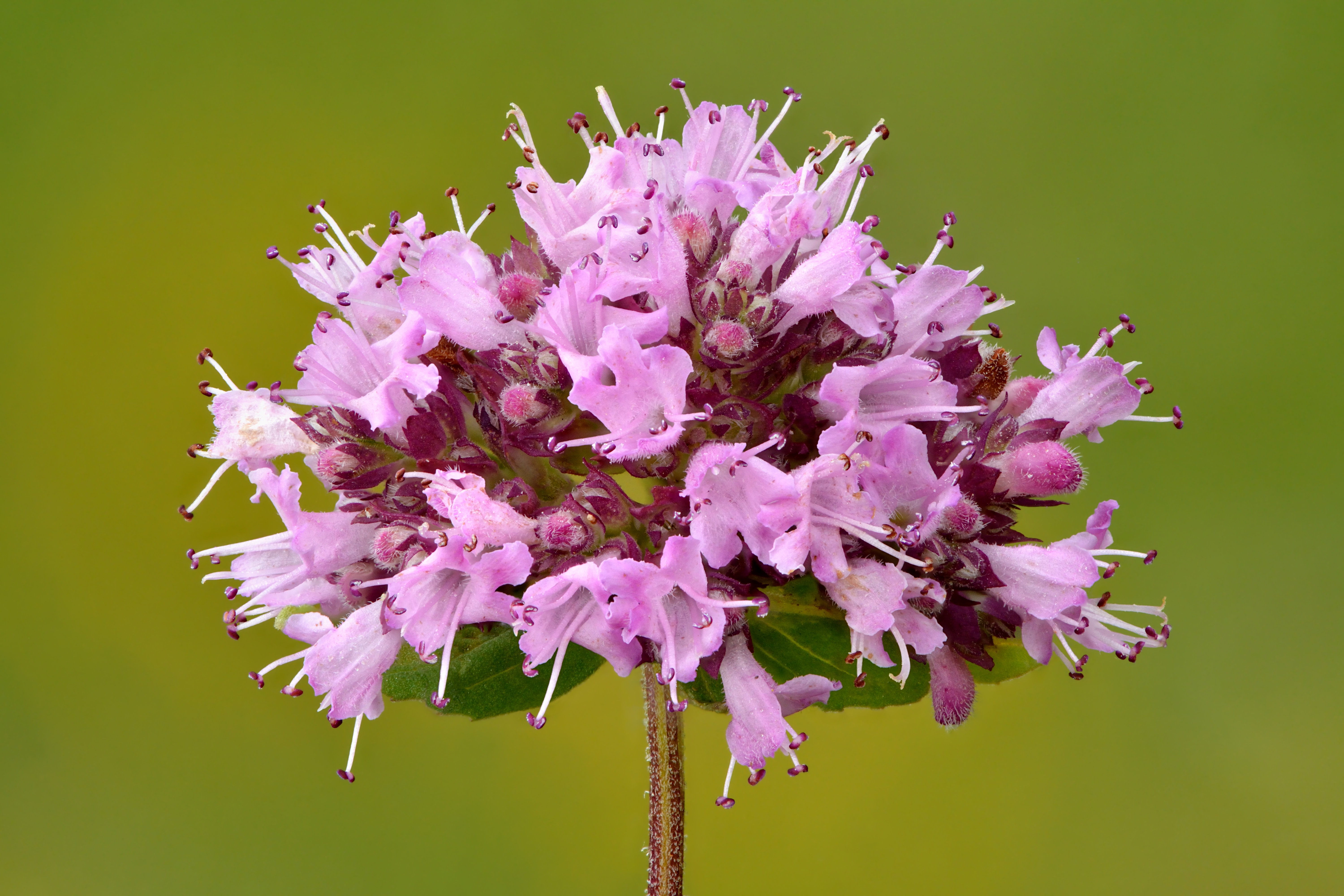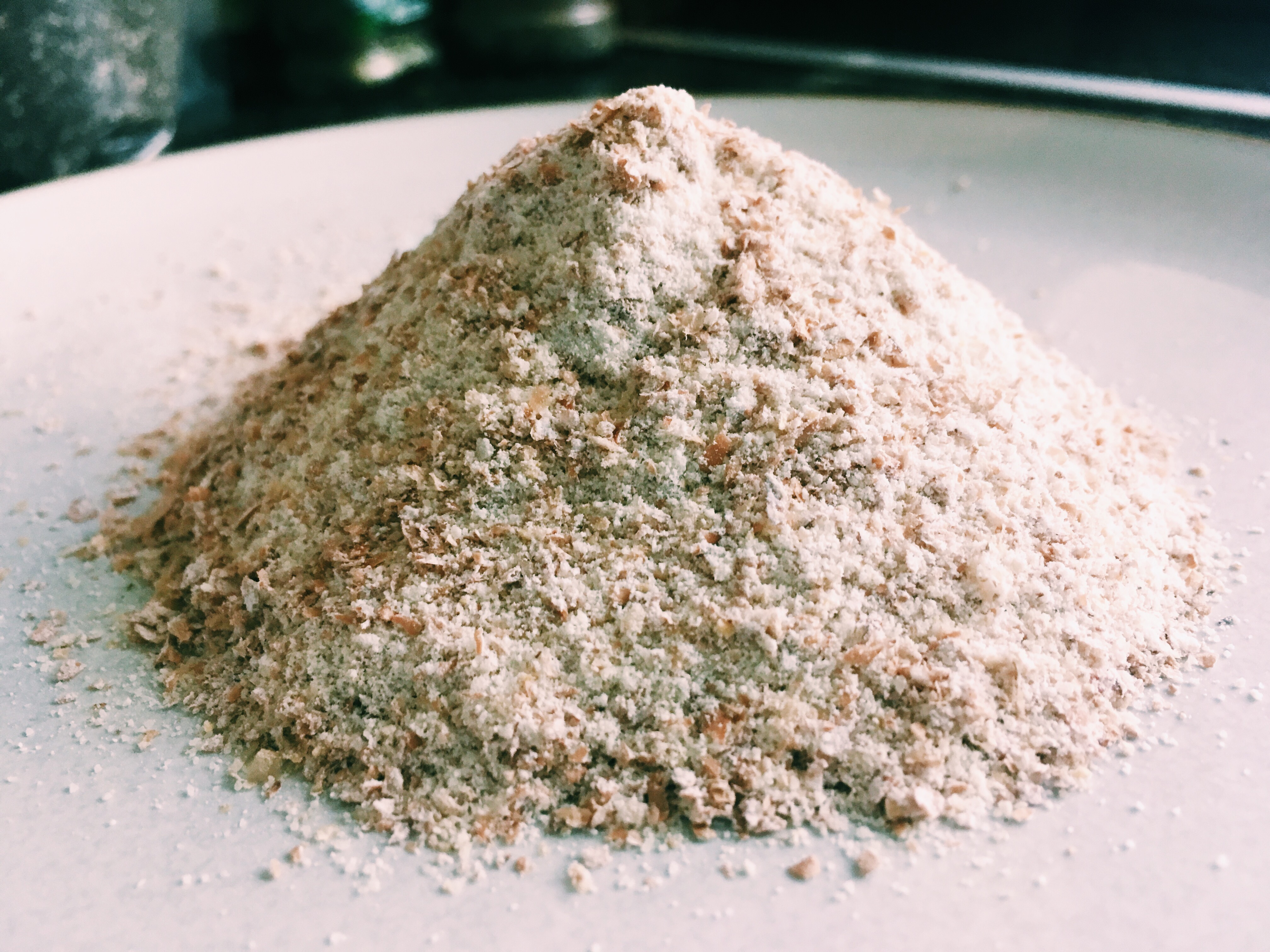|
Neapolitan Pizza
Neapolitan pizza (), also known as Naples-style pizza, is a style of pizza made with tomatoes and mozzarella cheese. The tomatoes must be either San Marzano tomatoes or Pomodorino del Piennolo del Vesuvio, which grow on the volcanic plains to the south of Mount Vesuvius. The cheese must be Mozzarella di Bufala Campana, a protected designation of origin cheese made with the milk from water buffalo raised in the marshlands of Campania and Lazio in a semi-wild state, or Fior di Latte, a cow's milk mozzarella created according to the procedure for which it was registered as a Traditional Speciality Guaranteed (TSG). Pizza Napoletana is a Traditional Speciality Guaranteed (TSG) product in the European Union and the United Kingdom, and the art of its making is included on UNESCO's list of intangible cultural heritage. Recipe According to the rules proposed by the ''Associazione Verace Pizza Napoletana'', the genuine Neapolitan pizza dough consists of wheat flour, natural Neapolita ... [...More Info...] [...Related Items...] OR: [Wikipedia] [Google] [Baidu] |
Lazio
it, Laziale , population_note = , population_blank1_title = , population_blank1 = , demographics_type1 = , demographics1_footnotes = , demographics1_title1 = , demographics1_info1 = , demographics1_title2 = , demographics1_info2 = , demographics1_title3 = , demographics1_info3 = , timezone1 = CET , utc_offset1 = +1 , timezone1_DST = CEST , utc_offset1_DST = +2 , postal_code_type = , postal_code = , area_code_type = ISO 3166 code , area_code = IT-62 , blank_name_sec1 = GDP (nominal) , blank_info_sec1 = €201 billion (2019) , blank1_name_sec1 = GDP per capita , blank1_info_sec1 = €34,300 (2019) , blank2_name_sec1 = HDI (2019) , blank2_info_sec1 = 0.914 · 3rd of 21 , blank_name_sec2 = NUTS Region , blank_info_sec2 = ITE , website www. ... [...More Info...] [...Related Items...] OR: [Wikipedia] [Google] [Baidu] |
Basil
Basil (, ; ''Ocimum basilicum'' , also called great basil, is a culinary herb of the family Lamiaceae (mints). It is a tender plant, and is used in cuisines worldwide. In Western cuisine, the generic term "basil" refers to the variety also known as sweet basil or Genovese basil. Basil is native to tropical regions from Central Africa to Southeast Asia. In temperate climates basil is treated as an annual plant, however, basil can be grown as a short-lived perennial or biennial in warmer horticultural zones with tropical or Mediterranean climates. There are many varieties of basil including sweet basil, Thai basil (''O. basilicum'' var. ''thyrsiflora''), and Mrs. Burns' Lemon (''O. basilicum var. citriodora''). ''O. basilicum'' can cross-pollinate with other species of the ''Ocimum'' genus, producing hybrids such as lemon basil (''O. × citriodorum'') and African blue basil (''O. × kilimandscharicum''). Etymology The name "basil" comes from the Latin , and the Greek (), m ... [...More Info...] [...Related Items...] OR: [Wikipedia] [Google] [Baidu] |
Oregano
Oregano (, ; ''Origanum vulgare'') is a species of flowering plant in the mint family Lamiaceae. It was native to the Mediterranean region, but widely naturalised elsewhere in the temperate Northern Hemisphere. Oregano is a woody perennial plant, growing tall, with opposite leaves long. The flowers are purple, long, produced in erect spikes in summer. It is sometimes called wild marjoram, and its close relative, '' O. majorana'', is known as sweet marjoram. Both are widely used as culinary herbs, especially in Turkish, Greek, Spanish, Italian, Mexican, and French cuisine. Oregano is also an ornamental plant, with numerous cultivars bred for varying leaf colour, flower colour and habit. Etymology Used since the middle 18th century, the Spanish word ''orégano'' is derived from the Latin ''orīganum'' and ultimately from the Classical Greek (''orī́ganon''). This is a compound Greek term that consists of (''óros'') meaning "mountain", and (''gános'') meaning "brightness ... [...More Info...] [...Related Items...] OR: [Wikipedia] [Google] [Baidu] |
Garlic
Garlic (''Allium sativum'') is a species of bulbous flowering plant in the genus ''Allium''. Its close relatives include the onion, shallot, leek, chive, Allium fistulosum, Welsh onion and Allium chinense, Chinese onion. It is native to South Asia, Central Asia and northeastern Iran and has long been used as a seasoning worldwide, with a history of several thousand years of human consumption and use. It was known to ancient Egyptians and has been used as both a food flavoring and a traditional medicine. China produces 76% of the world's supply of garlic. Etymology The word ''garlic'' derives from Old English, ''garlēac'', meaning ''gar'' (spear) and leek, as a 'spear-shaped leek'. Description ''Allium sativum'' is a perennial flowering plant growing from a bulb. It has a tall, erect flowering stem that grows up to . The leaf blade is flat, linear, solid, and approximately wide, with an acute apex. The plant may produce pink to purple flowers from July to September in the Nort ... [...More Info...] [...Related Items...] OR: [Wikipedia] [Google] [Baidu] |
Pizza Marinara
Pizza marinara, also known as pizza alla marinara, is a style of Neapolitan pizza in Italian cuisine seasoned with only tomato sauce, extra virgin olive oil, oregano and garlic. It is supposedly the most ancient tomato-topped pizza. History It has been claimed the pizza marinara was introduced around the year 1735 (in 1734 according to European Commission regulation 97/2010), and was prepared using olive oil, cherry tomatoes, basil, oregano and garlic at that time, and that historically it was known to be ordered commonly by poor sailors, and made on their ships due to it being made from easily preservable ingredients: all of these claims are however only backed by tradition rather than solid evidence. Francesco de Bourcard, writing in his 1866 book ''Usi e costumi di Napoli'' (Customs and Traditions of Naples), Vol. II (page 124), seemed to know the recipe with a different name, and to consider the addition of tomatoes an extra for both Marinara and Margherita: Recipe A ... [...More Info...] [...Related Items...] OR: [Wikipedia] [Google] [Baidu] |
Manitoba Flour
Manitoba flour, a name chiefly used in Italy, is a flour of common wheat (Triticum aestivum) originating in the Canadian province of Manitoba. It is called a "strong" flour to distinguish it from other, weaker flours. The flour strength is indicated by the value of the coefficient W measured with a Chopin alveograph: the higher the value, the stronger the flour. A weak flour has a W value lower than 170, while the manitoba has a W value higher than 350. Origin This type of flour takes its name from the production area where a strong, cold-resistant wheat originally grew: Manitoba, a vast province in Canada, which in turn takes its name from Manitou, the spiritual and fundamental life force among Algonquian groups. Currently all flours with W > 350 are defined as ''manitoba'' whatever the production area and the variety of wheat used. Usage The main characteristic of this flour is that it contains a large quantity of insoluble proteins (glutenin and gliadin), which, in ... [...More Info...] [...Related Items...] OR: [Wikipedia] [Google] [Baidu] |
Marshall Plan
The Marshall Plan (officially the European Recovery Program, ERP) was an American initiative enacted in 1948 to provide foreign aid to Western Europe. The United States transferred over $13 billion (equivalent of about $ in ) in economic recovery programs to Western European economies after the end of World War II. Replacing an earlier proposal for a Morgenthau Plan, it operated for four years beginning on April 3, 1948. The goals of the United States were to rebuild war-torn regions, remove trade barriers, modernize Manufacturing, industry, improve European prosperity and prevent the spread of communism. The Marshall Plan proposed the reduction of interstate barriers and the economic integration of the European Continent while also encouraging an increase in productivity as well as the adoption of modern business procedures. The Marshall Plan aid was divided among the participant states roughly on a per capita basis. A larger amount was given to the major industrial powers, ... [...More Info...] [...Related Items...] OR: [Wikipedia] [Google] [Baidu] |
World War II In Italy
The participation of Italy in the Second World War was characterized by a complex framework of ideology, politics, and diplomacy, while its military actions were often heavily influenced by external factors. Italy joined the war as one of the Axis Powers in 1940, as the French Third Republic surrendered, with a plan to concentrate Italian forces on a major offensive against the British Empire in Africa and the Middle East, known as the "parallel war", while expecting the collapse of British forces in the European theatre. The Italians bombed Mandatory Palestine, invaded Egypt and occupied British Somaliland with initial success. However the war carried on and German and Japanese actions in 1941 led to the entry of the Soviet Union and United States, respectively, into the war, thus foiling the Italian plan of forcing Britain to agree to a negotiated peace settlement.MacGregor Knox. Mussolini unleashed, 1939–1941: Politics and Strategy in Fascist Italy's Last War. Edition o ... [...More Info...] [...Related Items...] OR: [Wikipedia] [Google] [Baidu] |
Strong Flour
Wheat flour is a powder made from the grinding of wheat used for human consumption. Wheat varieties are called "soft" or "weak" if gluten content is low, and are called "hard" or "strong" if they have high gluten content. Hard flour, or ''bread flour'', is high in gluten, with 12% to 14% gluten content, and its dough has elastic toughness that holds its shape well once baked. Soft flour is comparatively low in gluten and thus results in a loaf with a finer, crumbly texture. Soft flour is usually divided into cake flour, which is the lowest in gluten, and pastry flour, which has slightly more gluten than cake flour. In terms of the parts of the grain (the grass fruit) used in flour—the endosperm or protein/starchy part, the germ or protein/fat/vitamin-rich part, and the bran or fiber part—there are three general types of flour. White flour is made from the endosperm only. Brown flour includes some of the grain's germ and bran, while whole grain or ''wholemeal flour'' is made ... [...More Info...] [...Related Items...] OR: [Wikipedia] [Google] [Baidu] |
Chopin Alveograph
The Chopin Alveograph is a tool for flour quality measurement. It measures the flexibility of the dough produced from the flour, by inflating a bubble in a thin sheet of the dough until it bursts. The resulting values show the strength of the flour, and thus its suitability for different uses. It was developed in 1920 in France by Marcel Chopin, who named it the Extensimeter. History Developed in the late 1920s in France by Marcel Chopin, the Chopin Alveograph is used in bakery worldwide. The ''alveographic test'' enables to measure the tenacity (resilience), the extensibility, and elasticity of a dough (standardized mix of flour and water). This measurement of the strength of flours is considered as a good index of the baking quality of baking flours. In France, it has been used in regulations since at least 1963 as a criterion in milling for the composition of flours destined to the "french" type bread-baking. Agronomist Norman Borlaug (Nobel Prize in 1970) used this invent ... [...More Info...] [...Related Items...] OR: [Wikipedia] [Google] [Baidu] |




